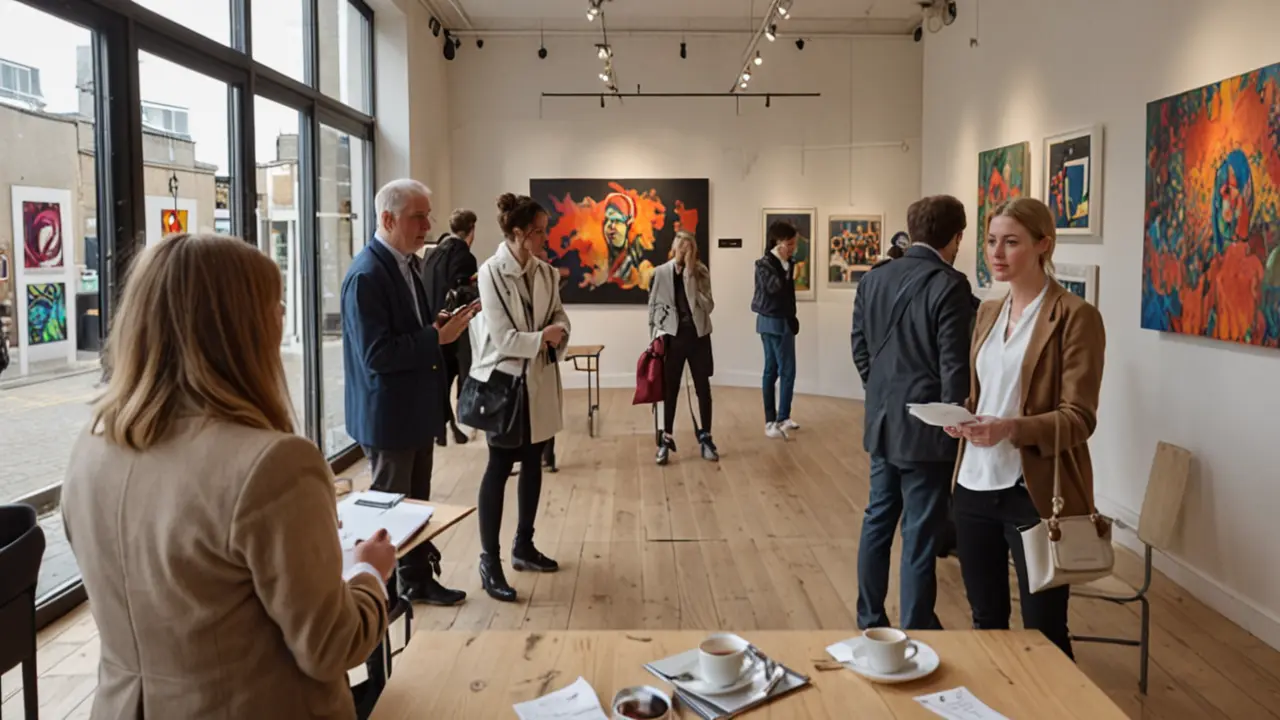Art for Beginners: How to Start Creating Today
Ready to make art but not sure where to begin? You don’t need expensive gear or years of training. Start with a few basics, short daily habits, and small projects that teach real skills fast.
Start with the right but simple supplies
Buy a sketchbook, a kneaded eraser, a graphite pencil set (HB, 2B, 4B), and a small set of basic paints (watercolor or acrylic) plus a few brushes. Want color practice without commitment? Use colored pencils or cheap pan watercolors. Keep supplies visible and within reach so making art becomes easy, not a chore.
Set up a tiny workspace — a table, a lamp, and a jar for water. You don’t need a studio. Good light and a flat surface are enough to get consistent practice.
Simple daily habits that build skill
Practice 15–30 minutes a day. Short, regular sessions beat occasional marathon attempts. Start with warm-up drills: straight lines, circles, shading gradients, and quick 1–2 minute gesture sketches. These drills train your hand and eye and reduce frustration when you try tougher stuff.
Use focused goals. One week could be mastering shading, the next week learning basic color mixing. Track progress by keeping dated pages in your sketchbook. When you flip back, you’ll see improvement and that motivates more than any critique.
Copying teaches more than imitation. Reproduce a simple photo or a favorite painting to learn composition, value, and color choices. Don’t aim for perfection — aim to understand choices the original artist made.
Pick small projects that teach core skills: a still life of a cup and apple to learn form and light, a quick portrait study to practice proportions, or a landscape thumbnail to learn composition. Finish every project even if it feels imperfect; the act of completing teaches editing and decision-making.
Learn a few core rules and then break them intentionally. Start with value (lights and darks), simple shapes (circle, square, triangle), and composition (rule of thirds). After you feel comfortable, try bending the rules to find your style.
Use free learning resources: short YouTube lessons, step-by-step blog posts, and local library books. Follow one teacher for a month so you get consistent guidance. Join a small online group or local class for feedback — friendly critique helps you fix repeating mistakes faster than solo practice.
Finally, accept that mistakes are part of learning. Every sketch that goes wrong reveals something useful about your sight, timing, or choices. Keep a few favorite attempts and a list of what to try next. With regular, focused practice and small projects, your skills will grow faster than you expect.

